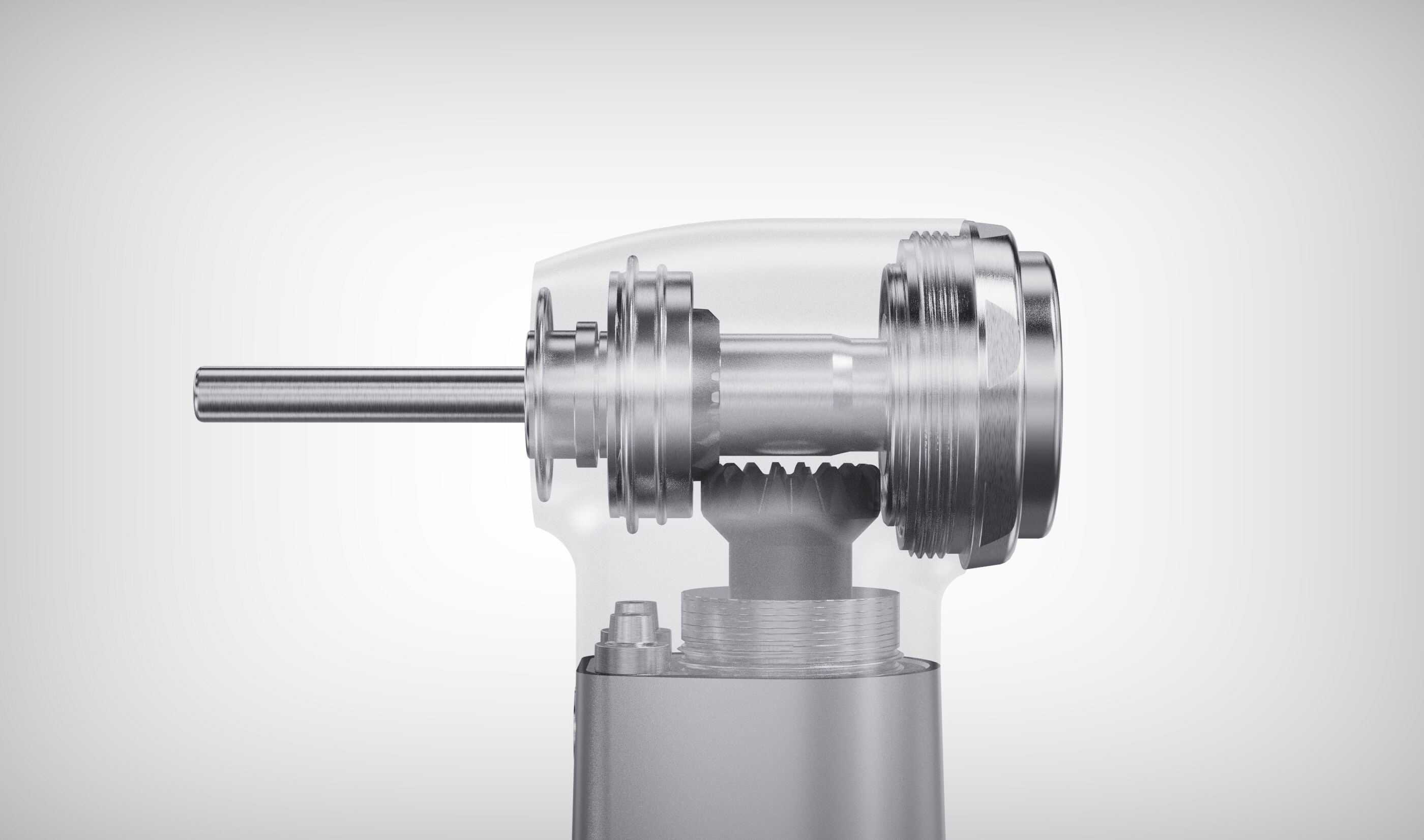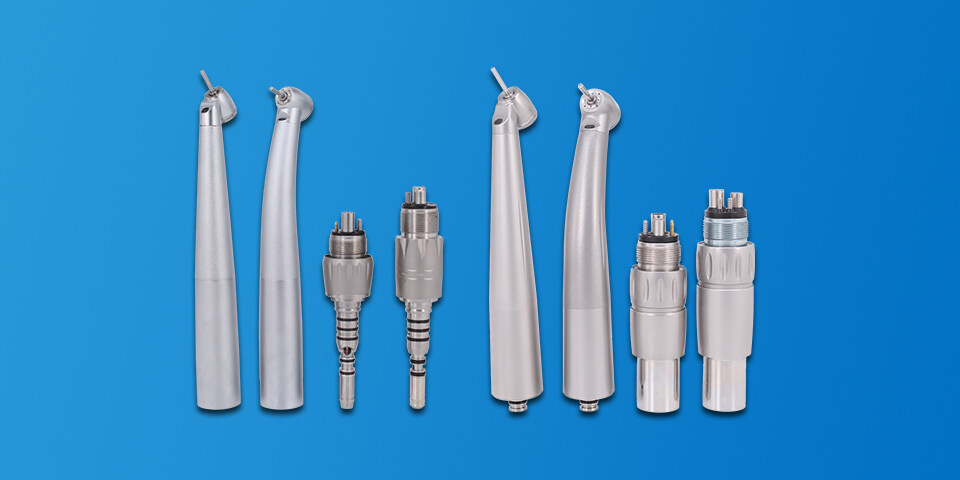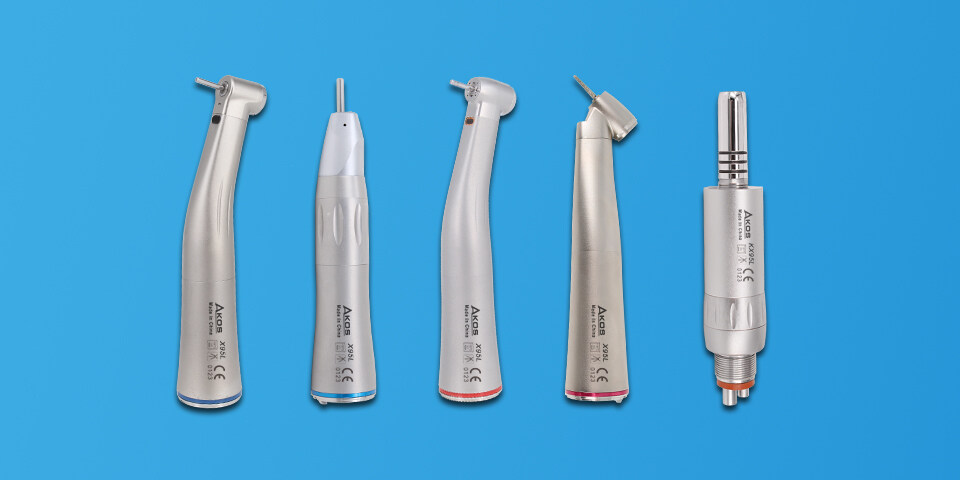خطأ في تنسيق البريد الإلكتروني
emailCannotEmpty
emailDoesExist
pwdLetterLimtTip
inconsistentPwd
pwdLetterLimtTip
inconsistentPwd
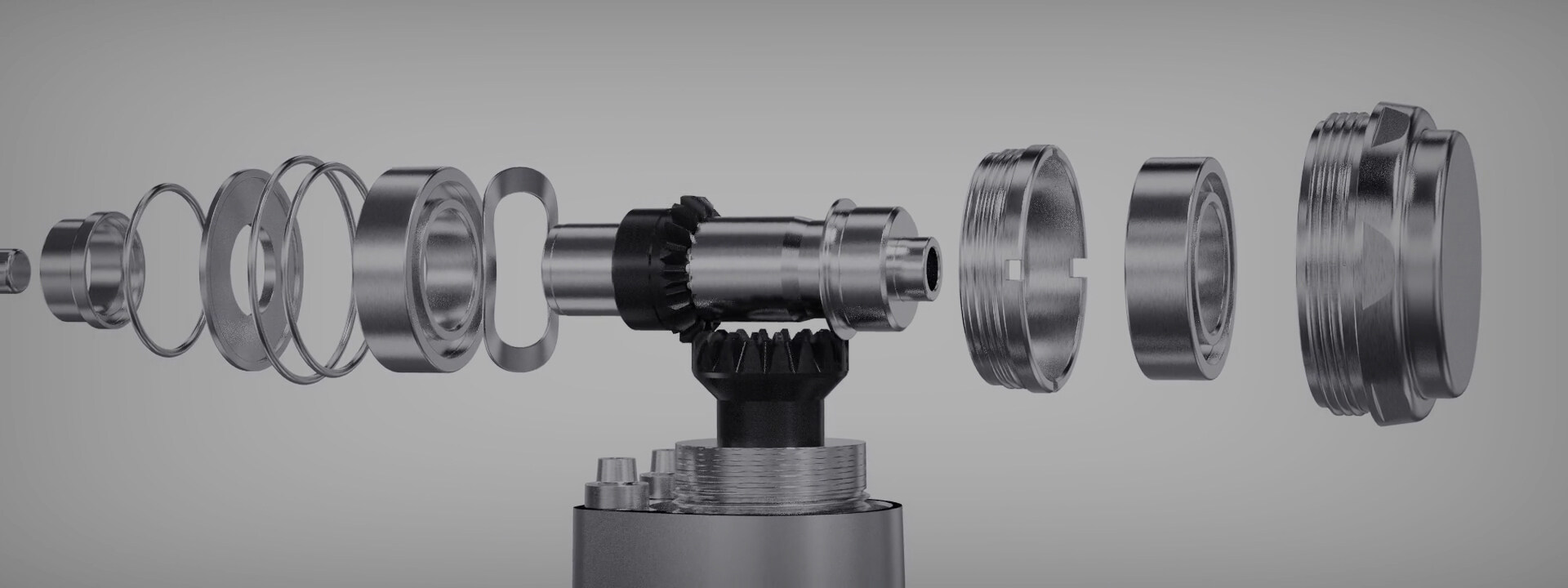
أخبار
هنا ، يمكنك وصف قطعة من النص الذي تريد التعبير عنه.
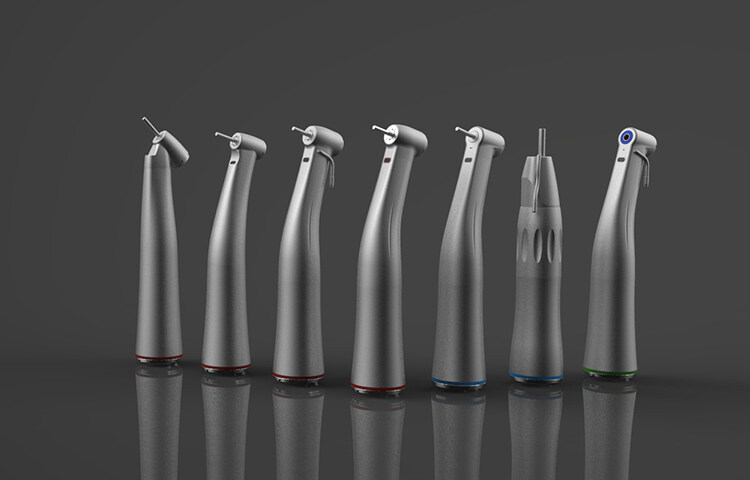
فهم الفرق بين مسارات الأسنان عالية السرعة والسرقة المنخفضة السرعة
عندما يتعلق الأمر بإجراءات الأسنان ، يعتمد أطباء الأسنان على مجموعة من الأدوات والمعدات لضمان الدقة والكفاءة.مسننات الأسنانهي الأدوات الأساسية المستخدمة في مجموعة متنوعة من إجراءات الأسنان. أنها تأتي في نوعين رئيسيين: حلقات أسنان عالية السرعة ومتوسطة السرعة. في هذه المقالة ، سوف نستكشف الاختلافات بين هذين النوعين وكيف تساهم في توفير العناية الأمثل للأسنان.
مسارات أسنان عالية السرعة:
مسارات أسنان عالية السرعةتشتهر بتناوبها السريع وقوة القطع الرائعة ، مما يجعلها مثالية للإجراءات المختلفة التي تتطلب إزالة سريع ودقيق لمواد الأسنان. تعمل هذه المسارات عادة بسرعات تتراوح من 300000 إلى 400000 دوران في الدقيقة (دورة في الدقيقة). تُستخدم المسارات عالية السرعة بشكل شائع في مهام مثل إزالة الانحلال ، وإعداد الأسنان للحشوات ، وتجهيزات التاج والجسور.
تشمل الميزات الرئيسية وفوائد المسارات العالية للأسنان:
1. زيادة الكفاءة: السرعة الدورانية العالية لهذه المسارات تعزز كفاءة إجراءات الأسنان ، مما يسمح لأطباء الأسنان بإكمال المهام بسرعة ودقة.
2. قدرة القطع السلسة: تم تصميم مقاطع اليد عالية السرعة لتخفيض مواد مختلفة دون عناء ، مما يوفر تجربة سلسة ومريحة لكل من طبيب الأسنان والمريض.
3. أقل اهتزازًا: إن قدرة القطع القوية لقطاعات اليد عالية السرعة تقلل من الاهتزازات ، مما يقلل من عدم الراحة أو الألم للمريض.
مسارات الأسنان منخفضة السرعة:
نقاط اليد منخفضة السرعةتم تصميمها لمزيد من إجراءات الأسنان المفصلة التي تتطلب الدقة والتحكم. عادة ما تعمل هذه العناصر بسرعات تتراوح بين 10000 و 40،000 دورة في الدقيقة. يتم استخدامها بشكل شائع في مهام مثل التلميع ، والتحديد ، وإنهاء حشوات الأسنان ، وكذلك لإجراءات اللبية مثل إزالة اللب من السن أثناء قناة الجذر.
تشمل الميزات الرئيسية وفوائد المسارات ذات السرعة المنخفضة السرعة:
1. التنوع: تعتبر المسارات ذات السرعة المنخفضة الأدوات متعددة الاستخدامات يمكن استخدامها لمجموعة واسعة من إجراءات الأسنان ، مما يوفر تحكمًا ودقة استثنائية.
2. الرؤية المعززة: تتيح سرعة الدوران الأبطأ لقطاعات اليد منخفضة السرعة أطباء الأسنان بالعمل بدقة ووضوح ، وضمان الرؤية المثلى أثناء الإجراءات.
3. انخفاض الحرارة والضوضاء: تعمل نقاط اليد منخفضة السرعة بسرعات أقل ، مما يؤدي إلى انخفاض توليد الحرارة والضوضاء. هذا يساهم في تجربة مريحة للمريض.
خاتمة:
فهمالاختلافات بين مسارات الأسنان عالية السرعة والأسرة منخفضة السرعةمهم لكل من أخصائيي الأسنان والمرضى. تتفوق المسارات عالية السرعة في المهام التي تتطلب إزالة مواد الأسنان السريعة ، في حين أن المسارات ذات السرعة المنخفضة مثالية للإجراءات الدقيقة والمفصلة. كل نوع له ميزاته وفوائده الفريدة التي تسهم في توفير الرعاية الأمثل للأسنان.
كمورد لوازم الأسنان، نحن نقدم مجموعة واسعة من نقاط اليد العالية الجودة ، بما في ذلك الخيارات عالية السرعة والسرعة المنخفضة. تم تصميم نقاط اليد لدينا لتوفير أداء استثنائي ودقة وموثوقية ، مما يساعد محترفي الأسنان على تقديم أفضل رعاية ممكنة لمرضاهم.اتصل بنااليوم لمعرفة المزيد عن قطع اليد الأسنان لدينا وكيف يمكنهم الاستفادة من ممارستك.

